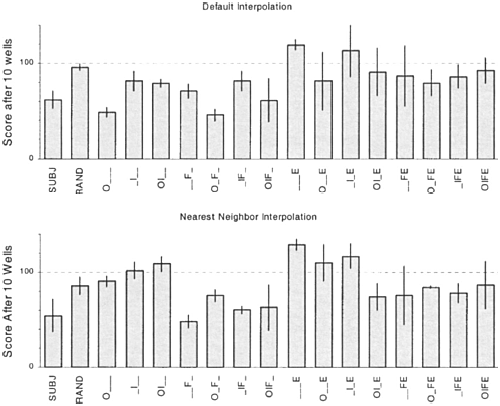Authors
Thomas R. Willemain, William A. Wallace, Kenneth R. Fleischmann, Laurie B. Waisel, & S. N. Ganaway
Abstract
Evidence is accumulating that many spreadsheet-based decision support systems contain errors. These errors can result in bad numbers, which in turn could lead to bad decisions.
We review the literature on the origins and consequences of bad (erroneous) numbers produced by models and/or decision support systems built around them. Then, we present a case study in which an experiment in visual support for a sequential decision-making task was tainted by bad numbers.
Both the literature review and the experiment indicate a robust human ability to overcome flawed decision support. We conclude with questions that need to be addressed in order to better understand the capabilities of humans to deal with erroneous results from decision support systems.
Sample

This figure displays the results of the human and robot experiments:
- The top panel is for the first round of experiments, which used the default interpolation.
- The bottom panel is for the second round, using nearest-neighbor interpolation.
The major finding is the robust performance of the human subjects, who did rather well relative to most of the robots. The human performance was more robust across data sets and interpolation methods.
Publication
2003, Journal of the Operational Research Society, Number 54, pages 949-957
